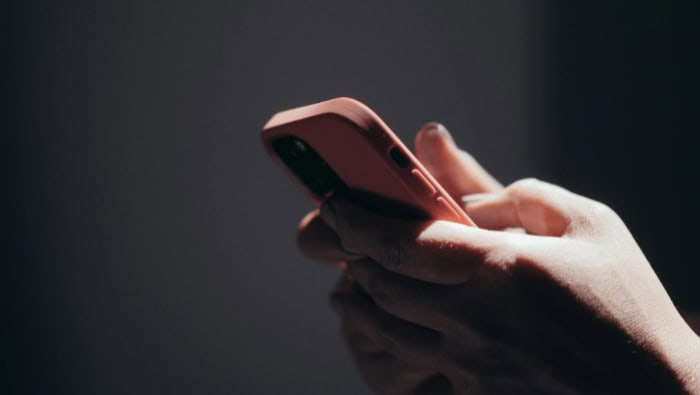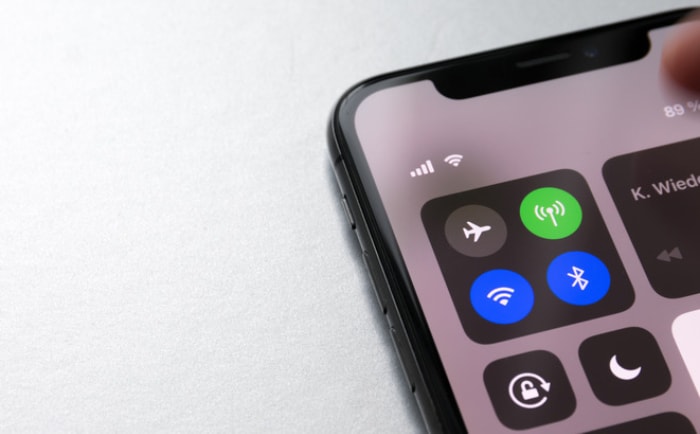How to Tell if Your iPhone Is Hacked: Spot Red Flags Early
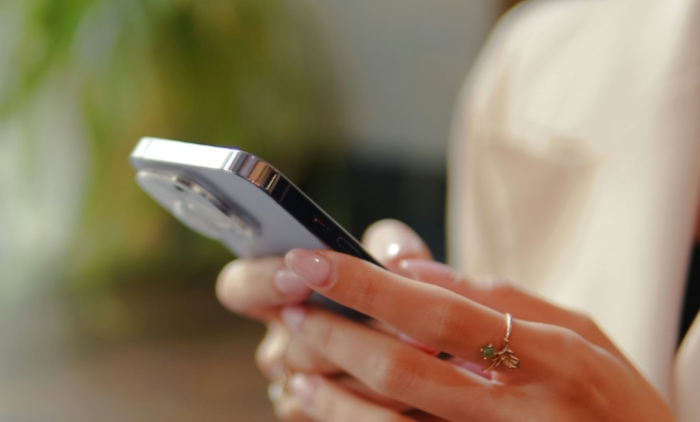
Feeling like your iPhone is acting differently can be unsettling. Sudden battery drains, strange pop-ups, or mysterious messages are enough to make anyone worry about the safety of their personal information.
With so much of our lives stored on these devices, it makes sense to be on alert for anything out of the ordinary. Spotting the signs of a compromised iPhone early can save you a lot of trouble, from protecting your privacy to preventing financial loss.
Recognizing Signs That Your iPhone May Be Hacked
Staying alert to unusual changes in your iPhone’s behavior can make a real difference when it comes to personal security. iPhones are designed with strong safety features, yet no device is completely immune to threats.
Noticing the early signs of trouble gives you a chance to act quickly before a hacker can do serious damage.
Unusual Device Behavior
A healthy iPhone usually runs smoothly, but hacking or malicious software can introduce subtle and not-so-subtle changes. One of the first things you might notice is your battery life taking a nosedive, even if you’re not using your phone more than usual.
Unexplained overheating, especially while your device is idle or running basic apps, is another warning sign that something extra may be happening behind the scenes.
Performance changes can also point to potential trouble. Frequent app crashes, system slowdowns, and unexpected screen glitches don’t always mean your device is hacked, but if these issues appear out of nowhere, it’s worth paying attention.
Malicious activity can overload your system or force processes to run in the background, draining resources and causing your phone to behave unpredictably.
Strange Activity and Notifications
Your iPhone is meant to be secure, so any signs of activity you don’t recognize should never be ignored. If you find messages in your outbox or messaging apps that you didn’t send, or receive replies to conversations you never started, your account might be compromised.
Unexpected texts, calls, or emails could also show that someone else has access to your device or accounts.
Unexpected pop-ups, strange ads, or browser redirects when you open Safari or another browser are classic warning signs. Safari is set up to block most pop-ups, so seeing an increase in intrusive ads or being constantly redirected to unfamiliar sites is cause for concern.
Weird notifications that don’t match your normal app usage may also point to illicit access or rogue software.
Account and App Irregularities
Installed apps and your account settings should reflect your choices. If apps appear on your phone that you never installed, or if familiar apps have settings that suddenly change, alarm bells should ring.
Hackers may attempt to install spyware or other malicious software in hopes of gaining deeper control over your phone.
Keep an eye on your Apple ID and payment information as well. Notifications for purchases you never made, unexplained subscriptions, or prompts to verify activity you don’t recognize could mean your account has been accessed by someone else.
Monitoring these details on a regular basis helps you spot problems early and take action to stop misuse before it spirals out of control.
Understanding How iPhones Can Be Hacked

iPhones are known for their robust security features, but that does not make them invulnerable. Hackers continue to come up with tactics to trick users and bypass protections.
Knowing how attacks typically happen makes it easier to spot threats before they can cause damage.
Common Attack Methods
Phishing remains one of the most widespread ways hackers target iPhone users. It often begins with a text, email, or pop-up trying to lure you into providing personal information.
Messages might appear to come from trusted companies or even people you know, urging you to click on a suspicious link or update your login credentials. Fake websites can be made to look just like legitimate ones, making it easy to slip up and give away sensitive details.
Malicious apps and links present another significant risk. While the App Store is designed to catch unsafe apps before they reach users, attackers sometimes find ways around these safeguards.
Downloading an app from an unofficial source or clicking a link disguised as something harmless can introduce spyware, adware, or more dangerous malware to your device. These apps may monitor your activity, steal personal data, or even take control of device functions.
Vulnerabilities and Entry Points
Connections to unsecured Wi-Fi networks open up fresh opportunities for hackers. Public networks, such as those at airports or coffee shops, often lack proper security.
Cybercriminals can intercept data transmitted over these networks or even pose as the Wi-Fi providers themselves, tricking users into connecting and revealing sensitive information.
Social engineering attacks focus on tricking users rather than exploiting technology. Hackers may pose as customer support or convince you to reveal login credentials using cunning tactics.
They might gather information from your social media profiles and craft personalized messages to win your trust. Once a criminal obtains your Apple ID or other logins, they can manipulate your accounts, control your device, and breach your privacy.
What to Do If You Suspect Your iPhone Is Hacked
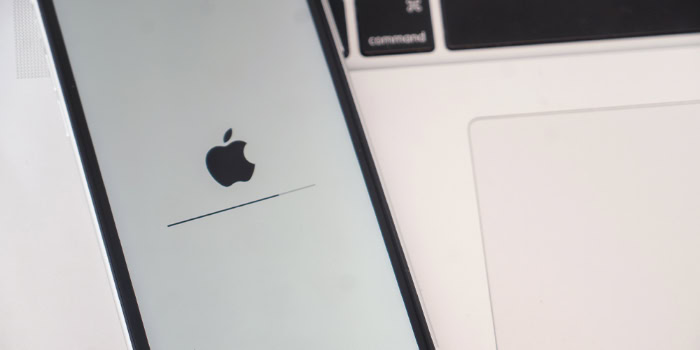
Taking quick and confident action can limit the damage if you suspect your iPhone has been compromised. No one wants to feel powerless when it comes to their personal device, and knowing what to do can restore your control over your information.
The steps you take in the first moments after noticing suspicious activity can safeguard your data, accounts, and privacy.
Immediate Actions
First, cut off any outside connections. Putting your iPhone in Airplane Mode or turning off Wi-Fi and mobile data stops unwanted access and prevents more data from being sent out.
Hackers and malicious software often rely on a network connection to cause further harm or transmit sensitive details.
Once your device is secure from the internet, focus on your most important accounts. Passwords for your email, Apple ID, and any account with saved payment information should be changed right away.
Using strong, unique passwords helps block any continued access a hacker might have gained. Consider using password managers to generate and store strong new credentials if you’re unsure what to use.
Identifying and Removing Threats
Next, look for anything unfamiliar or suspicious on your iPhone. Scan your list of apps; if you find something you never installed or do not recognize, remove it immediately.
Some threats hide inside device profiles or management settings, so check in Settings for any added profiles that do not belong. Deleting these removes a common route for unauthorized control.
It’s also important to see what other devices have access. Head to your Apple ID settings, usually found under your name at the top of the Settings app, and review all devices connected to your account.
Remove any you do not recognize. This step helps ensure that no one else is secretly tapped into your Apple ecosystem, reading your messages, or accessing your files.
Restoring Security
With threats dealt with, bring your iPhone up to date. Install the latest version of iOS and update all your apps.
New versions often patch vulnerabilities that hackers exploit, making your device safer for daily use. Auto-updates can be turned on so future patches arrive as soon as they are available.
If suspicious behavior continues or you think personal information has already been leaked, a factory reset may provide the clean slate you need. Back up essential data, then erase your device and restore it as new or from a backup made before the trouble started.
Although it’s a big step, a complete reset wipes out persistent threats that cannot be removed any other way.
Preventing Future Hacks and Securing Your iPhone
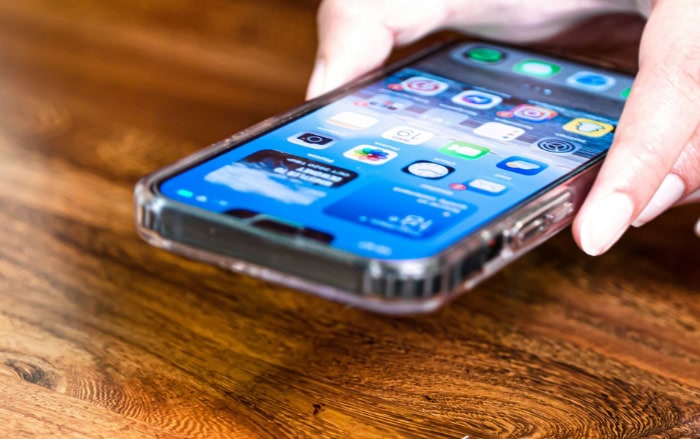
Proactive habits can greatly reduce the chances of your iPhone falling victim to hackers. Locking down your device does not require expert skills; it simply involves a combination of smart settings and thoughtful daily choices.
Taking a few minutes to make your iPhone more secure can pay off with far less worry about privacy breaches or stolen accounts in the future.
Implementing Strong Security Measures
Your first line of defense always starts with how you lock and protect your device physically. Choosing a long, unpredictable passcode instead of something simple like “1234” or an easily guessed birthday gives you a stronger shield against unauthorized access.
Face ID and Touch ID add an extra layer that not only boosts your privacy but also makes it easy to access your phone without relying solely on passcodes.
Setting up two-factor authentication is another vital step. Two-factor authentication requires anyone trying to access your Apple ID to confirm their identity using something only you have, like your trusted device.
Even if someone manages to steal your password, they would still need your phone or another trusted factor to break in. This dramatically improves your security.
Safe Usage Habits
Daily routines play a big role in staying safe from hacks. Regularly updating your iPhone and apps equips your device with the latest security fixes, closing any loopholes hackers might try to exploit.
Enable automatic updates so you will not miss important patches and improvements.
Staying cautious with links, downloads, and attachments reduces your exposure to threats. Messages or emails that urge you to click right away or seem slightly off are often trying to lure you into a trap.
Resist the urge to open odd attachments or visit unfamiliar websites, especially if they come from unknown sources or seem out of character for people you know.
Monitoring and Reviewing Permissions
App permissions and device settings sometimes quietly change, allowing more access than you intended. Every few months, take a moment to look through your app permissions in the Settings menu.
Remove permissions that seem unnecessary, like apps requesting your location or microphone without a clear reason.
Managing what each app is allowed to do helps you keep your private information safe. Check your privacy settings to see which apps can access things like your camera, contacts, and calendar.
Tighten them if needed. Regular reviews also help you spot outdated or suspicious apps that may no longer deserve a place on your home screen.
Assessing Realistic Risks and Distinguishing False Alarms
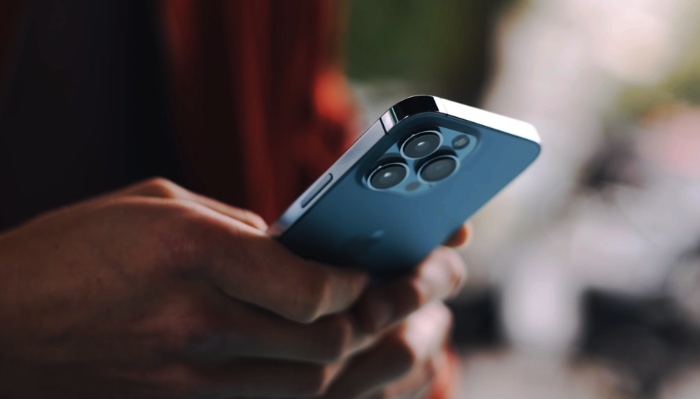
Concerns about iPhone security are completely valid, but not every issue means your device has been compromised. Many signs that worry users are often rooted in normal hardware aging or everyday happenings.
Telling the difference between genuine threats and ordinary device quirks helps you respond calmly, without unnecessary panic.
Signs of Normal Device Behavior
Not every unexpected event points to hacking. Over time, iPhone batteries naturally start to hold less charge, leading to quicker drain even during familiar routines.
Using your phone for resource-heavy tasks or keeping multiple apps open in the background can also cause it to warm up or feel sluggish.
Software updates are another common source of temporary oddities. New updates may initially slow your device as files are re-indexed and background tasks are adjusted.
Storage nearly at full capacity, large photo libraries, and tons of messages can all make a phone stutter or freeze, too. It’s important to recognize these ordinary causes before jumping to conclusions about hacking.
When to Worry
Genuine signs of hacking tend to include clear evidence of outside interference. Unauthorized account activity, unexplained charges, or apps that appear without your consent are more serious signals.
Consistent pop-ups, persistent browser redirects, and messages sent from your accounts without your involvement also deserve attention.
Countless online rumors fuel anxieties about iPhone hacking, though most devices remain quite secure unless the user’s actions open a door. Worrying over minor glitches, accidental settings changes, or normal battery decline increases stress without adding real protection.
Evaluating signs on a case-by-case basis helps prevent overreacting to harmless quirks while staying alert to the unusual patterns that truly matter.
Conclusion
Staying alert and paying attention to your iPhone’s behavior remains one of the best ways to protect your privacy and personal information. Even with Apple’s advanced security features, no device is completely immune to risks, so it’s important to recognize unusual changes, learn how attacks can happen, and respond quickly to any suspicious signs.
Taking prompt action such as disconnecting from the internet, changing passwords, and removing suspicious apps helps contain threats before they escalate. Building good security habits, such as setting strong passcodes, enabling two-factor authentication, and regularly reviewing app permissions, offers a reliable safety net against future problems.
Peace of mind comes from knowing you are actively protecting your device instead of leaving things to chance. With awareness and a few simple routines, you can continue using your iPhone with confidence, keeping your data secure and your daily life uninterrupted.
